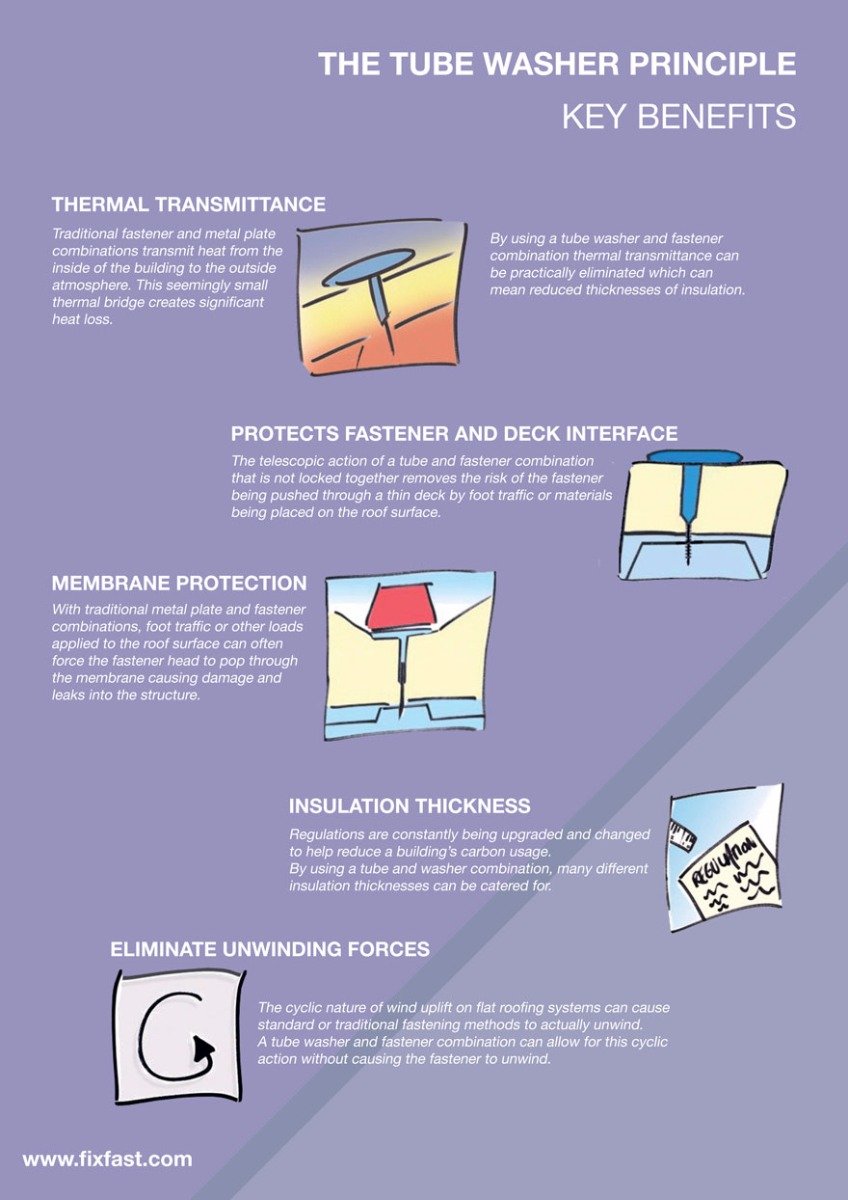Ignoring Roofing System Ventilation Can Cause Expensive Repairs; Reveal The Essential Considerations That Ensure Reliable Installation And Maintain Your Investment
Ignoring Roofing System Ventilation Can Cause Expensive Repairs; Reveal The Essential Considerations That Ensure Reliable Installation And Maintain Your Investment
Blog Article
Composed By- blue sky roofing
When you're taking on a roofing project, you may not assume much about roof covering air flow, yet it's more crucial than you recognize. Effective ventilation aids manage temperature and moisture in your attic, preventing problems like mold and mildew and structural damage. By comprehending how to design and set up a well balanced ventilation system, you can boost energy efficiency and extend the life expectancy of your roof covering products. So, what are the vital elements to consider throughout setup that can make all the distinction?
Relevance of Roof Covering Ventilation
Roof covering ventilation plays an important duty in keeping the general wellness of your home. By permitting fresh air to distribute with your attic room, it helps regulate temperature and moisture levels. This equilibrium is vital to prevent warmth buildup during hot months, which can result in raised power prices as your a/c works overtime.
In addition, proper ventilation significantly minimizes the risk of moisture-related issues like mold and mildew and mildew. If moisture levels rise, your home's architectural honesty can be jeopardized, leading to expensive repairs. You would not intend to handle deteriorating timber or distorted roofing materials, right?
Furthermore, ample ventilation extends the life-span of your roof. When warmth and dampness are kept in check, your roofing system can do efficiently, protecting against early damage. This indicates fewer headaches and expenditures down the line.
Just How Roof Covering Ventilation Functions
Efficient roofing ventilation relies upon the all-natural activity of air to create a balance between consumption and exhaust. When you set up vents, you're essentially permitting fresh air to enter your attic while enabling warm, stagnant air to get away. This procedure helps control temperature and dampness degrees, stopping issues like mold growth and roofing system damage.
Consumption vents, commonly found at the eaves, pull in great air from outside. At the same time, exhaust vents, located near the ridge of the roof covering, let hot air surge and departure. The distinction in temperature creates an all-natural air movement, called the stack result. As warm air rises, it develops a vacuum cleaner that pulls in cooler air from the lower vents.
To enhance this system, you require to make sure that the consumption and exhaust vents are properly sized and placed. If the intake is limited, you won't accomplish the desired air flow.
Likewise, not enough exhaust can trap heat and dampness, leading to possible damages.
Trick Setup Considerations
When setting up roofing system ventilation, a number of crucial considerations can make or damage your system's performance. Initially, you need to examine your roof's design. The pitch, shape, and materials all affect airflow and air flow choice. Make certain to choose vents that fit your roof kind and local climate problems.
Next off, consider the placement of your vents. Ideally, you'll want a balanced system with consumption and exhaust vents positioned for optimal air flow. Place consumption vents short on the roof covering and exhaust vents near the top to motivate an all-natural circulation of air. This setup helps protect against wetness accumulation and promotes power efficiency.
Don't forget insulation. Appropriate insulation in your attic stops heat from escaping and keeps your home comfy. Make certain that insulation doesn't obstruct your vents, as this can prevent air flow.
Finally, think about upkeep. Choose best roofing company in san antonio that are simple to access for cleansing and inspection. Regular maintenance ensures your system remains to work efficiently in time.
you can try this out
In conclusion, roofing ventilation is important for an effective installation. By making sure proper airflow, you can protect against warmth build-up and moisture concerns that result in pricey damage. When you purposefully placement consumption and exhaust vents, you enhance power effectiveness and lengthen the lifespan of your roof covering. Keep in mind, a well-ventilated roofing system not only secures your investment but additionally boosts your indoor air quality. So, prioritize air flow to make sure a durable and economical roofing system for your home.
